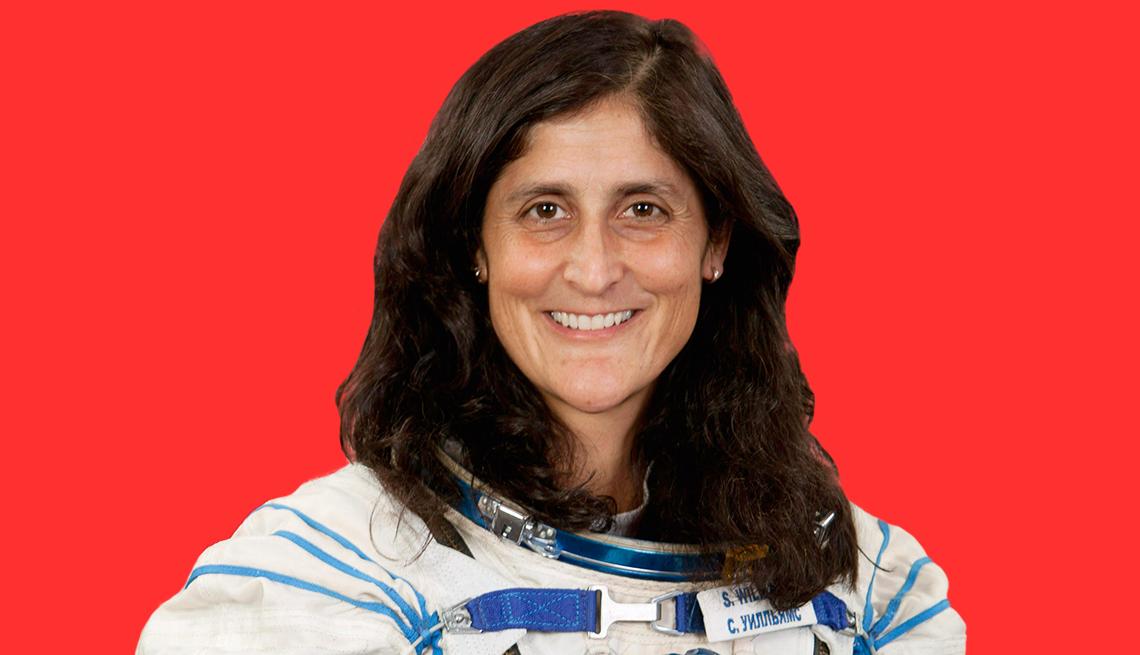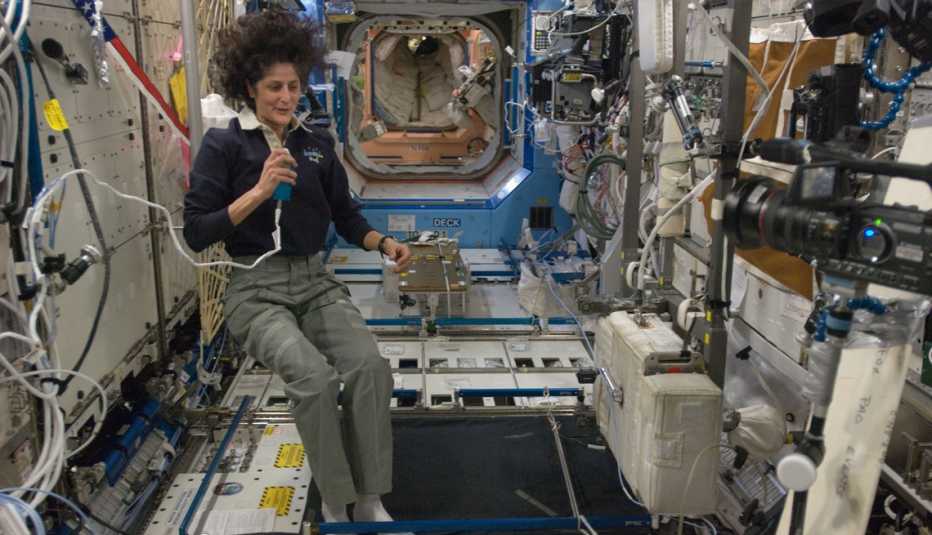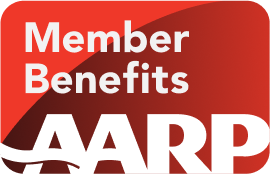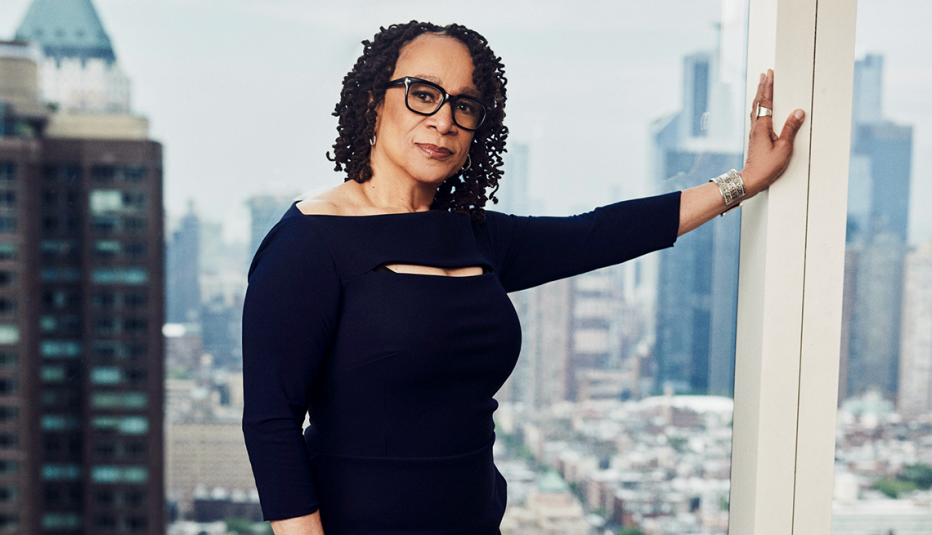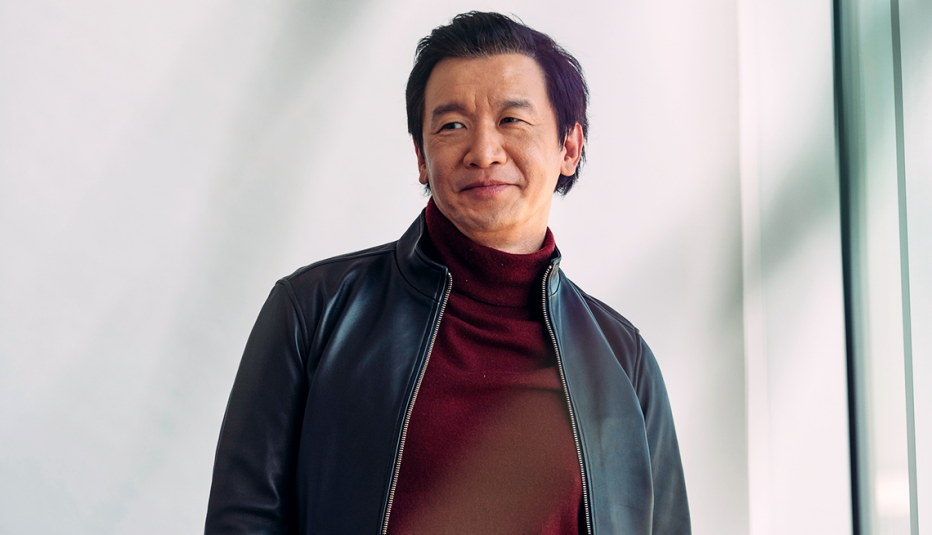Staying Fit
NASA astronaut Sunita Williams, 57, has spent a total of 322 days in space on two missions and was the second woman to command the International Space Station. Her latest NASA assignment is a flight test, tentatively scheduled for July, aboard the Boeing Starliner, which is part of the agency’s Commercial Crew Program.
Did you always want to be an astronaut?
That wasn’t until I was in the Navy, deployed. I had a couple hiccups here and there. I wanted to be a veterinarian because of my love of animals, but that didn’t materialize. I went into the Navy thinking this was a good way to pay for college, but I loved it. The leadership — the fellowship which carries on into every aspect of my job now — was something that clicked with me. At test pilot school, understanding, learning how helicopters work. I was like, Wow, OK, I get it. … We [test pilots] came here to Johnson Space Center, walked around, talked about flying. And I was like, Oh, maybe there's a job for me, slightly joking — but then realizing it seemed very doable to me. It didn't seem like it was so far out there. I got my master’s degree and applied a couple times, and got in.
With such a physically demanding job, how do you keep in ready-to-go shape?
I grew up as a swimmer and morphed into a runner, because I was an endurance type of swimmer. … I've started doing CrossFit. It’s not my wheelhouse, so when I pick up a bar and try to do a “clean and jerk” [weight lifting move], for example, it pushes me mentally and physically. It taps into other muscles, which are great for doing space walks. As a complement to CrossFit, a lot of the ladies I do CrossFit with, we’ve done a couple Ragnar [long-distance relay] trail runs overnight. The team-building aspect of it is pretty cool. And just for my sanity I walk my dogs a couple times a day.


AARP Membership— $12 for your first year when you sign up for Automatic Renewal
Get instant access to members-only products and hundreds of discounts, a free second membership, and a subscription to AARP the Magazine.
What kind of dogs?
I have two Labs that were rescued. Gunner is the brown one, which is the older one, and Rotor is the second one. My husband and I are both helicopter pilots.



























































